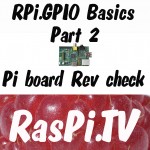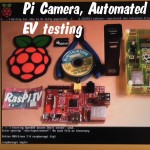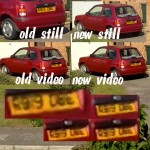
It all started in September 2012. The Raspberry Pi Foundation went and made some improvements to the Pi. How dare they!! ;) Seriously, though, there were some significant improvements to the Pi and a Rev 2 version was launched with double the RAM and some other changes/additions/improvements. This threw up some minor headaches for developers because some of the GPIO pinouts were changed and some new GPIO ports were made available on a brand new “solder it yourself if you want it” header called P5 (see the leaning header of Pi5a) GPIO 0 became GPIO […more…]







